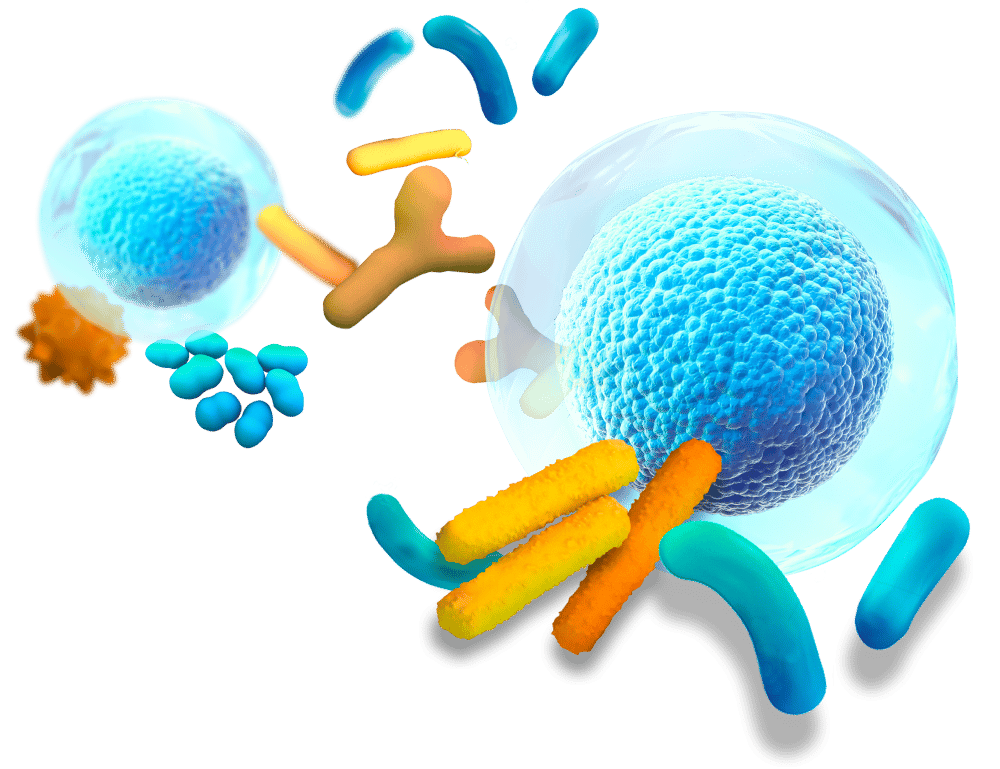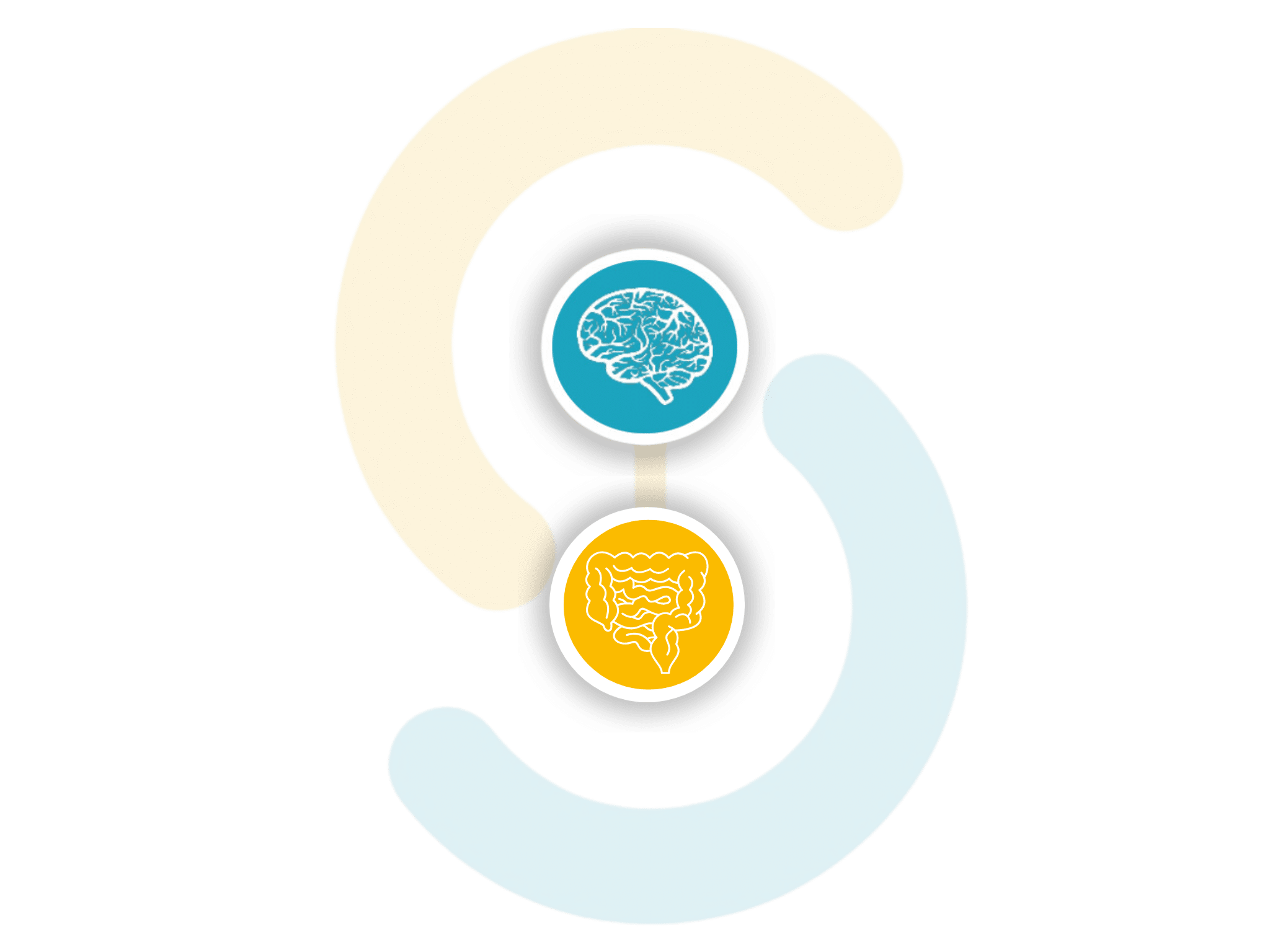The enteric nervous system and metabolic health
The enteric nervous system (ENS), often referred to as the “second brain”, is a complex network of neurons embedded in the gastrointestinal tract.
This neural network is not only responsible for regulating digestion and intestinal motility but also plays a crucial role in systemic metabolism, glucose regulation, and the gut-brain axis. Dysfunctions in the enteric nervous system function have been increasingly linked to metabolic disorders, including obesity and type 2 diabetes (T2D).
In diabetic conditions, duodenal hypercontractility contributes to altered gut-brain communication, leading to systemic insulin resistance and impaired glucose metabolism. Researchers have long sought to understand how the enteric nervous system neurons could be modulated to restore this disrupted communication and improve metabolic outcomes.
A promising avenue lies in the discovery of enterosynes—gut-derived bioactive molecules capable of interacting with enteric nervous system neurons to influence metabolic processes. In a groundbreaking study, we explored the modulation of the ENS using prebiotics to identify new enterosynes and understand their role in glucose metabolism. This research uncovered the critical roles of a bioactive lipid, 12-HETE (12-hydroxyeicosatetraenoic acid), and mu-opioid receptor (MOR) signaling in regulating ENS activity and glucose metabolism .
Exploring enteric nervous system neurons with prebiotics and bioactive lipids
In this study, we employed a robust preclinical model using diabetic mice fed a high-fat diet (HFD) supplemented with prebiotics, specifically fructooligosaccharides (FOS). The goal was to assess whether prebiotics could modulate enteric nervous system function and glucose metabolism through the identification of new bioactive molecules acting on ENS neurons.
Duodenal contractions were measured ex vivo using isotonic transducers to assess the mechanical activity of the ENS after treatment with prebiotics or bioactive lipids such as 12-HETE. Additionally, the researchers performed oral glucose tolerance tests (OGTT) and analyzed tissue-specific glucose uptake in metabolic tissues such as the liver, muscle, and adipose tissue.
On a molecular level, gene expression analysis was conducted to evaluate changes in key markers such as neuronal nitric oxide synthase (nNOS), choline acetyltransferase (ChAT), and proenkephalin (PENK). Advanced lipidomic analyses were also performed to identify and quantify bioactive lipids produced in response to prebiotic treatment .
In parallel, human duodenal biopsies from diabetic patients and healthy controls were analyzed to compare the expression of genes linked to the enteric nervous system neurons and the concentration of 12-HETE. This dual approach in mice and humans provided comprehensive insights into the mechanisms through which prebiotics and bioactive lipids affect enteric nervous system disorders and glucose metabolism.
12-HETE and mu-opioid receptor signaling in ENS function
The study revealed that prebiotic supplementation significantly improved glucose tolerance, reduced duodenal contraction frequency, and lowered systemic inflammation in diabetic mice. These improvements were associated with increased levels of the bioactive lipid 12-HETE in the colon, suggesting a strong link between gut microbiota modulation and ENS activity.
When 12-HETE was administered orally, it selectively reduced the amplitude of duodenal contractions without affecting their frequency. This effect was shown to depend on the activation of mu-opioid receptors (MOR)expressed on enteric nervous system neurons and the signaling pathway involving peroxisome proliferator-activated receptor gamma (PPARγ). Blocking either MOR or PPARγ pathways reversed the beneficial effects of 12-HETE on duodenal contractions and glucose metabolism.
On a systemic level, chronic oral administration of 12-HETE improved glucose tolerance and reduced fasting blood glucose levels in diabetic mice. These improvements were accompanied by increased glucose uptake in adipose tissue and reduced inflammatory marker expression, suggesting an anti-inflammatory effect mediated through ENS activity.
Interestingly, human duodenal biopsies revealed a decreased expression of proenkephalin (PENK) and MOR in diabetic patients compared to healthy controls. This finding mirrored the observations made in the mouse model and suggested a conserved mechanism across species.
The enteric nervous system: a promising target for diabetes management
The results from our study highlight the enteric nervous system as a critical player in glucose metabolism and systemic inflammation. By modulating the activity of enteric nervous system neurons through 12-HETE and MOR signaling, the we demonstrated how gut microbiota-derived bioactive molecules can influence metabolic health.
The identification of 12-HETE as a bioactive molecule influencing enteric nervous system function opens new doors for developing innovative therapies targeting gut-brain communication. Further clinical trials are needed to validate these findings in human populations and explore the therapeutic potential of 12-HETE and MOR agonists in treating metabolic disorders.
For pharmaceutical and nutraceutical, these results highlight the potential of ENS-targeted therapies as a novel class of metabolic treatments. By focusing on gut-brain axis signaling pathways, future therapies could offer improved glucose control, reduced side effects, and enhanced patient outcomes.
At Enterosys, we are at the forefront of research on the enteric nervous system and gut-organ interactions. Our preclinical studies combine advanced methodologies with deep expertise to deliver insights into the role of ENS in metabolic health.
Explore our in vitro and in vivo models targeting the enteric nervous system and unlock the potential of gut-brain therapies!
Source :
Abot A, Wemelle E, Laurens C, Paquot A, Pomie N, Carper D, Bessac A, Mas Orea X, Fremez C, Fontanie M, Lucas A, Lesage J, Everard A, Meunier E, Dietrich G, Muccioli GG, Moro C, Cani PD, Knauf C. Identification of new enterosynes using prebiotics: roles of bioactive lipids and mu-opioid receptor signalling in humans and mice. Gut. 2021 Jun;70(6):1078-1087. doi: 10.1136/gutjnl-2019-320230. Epub 2020 Oct 5. PMID: 33020209; PMCID: PMC8108281.

